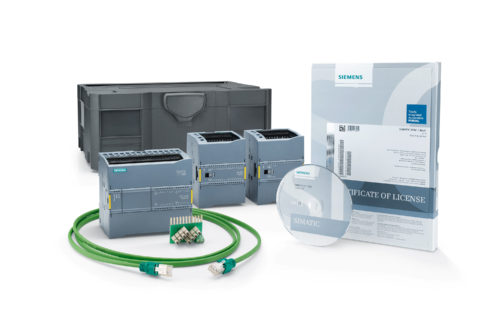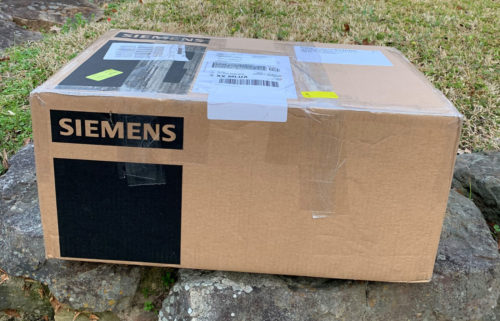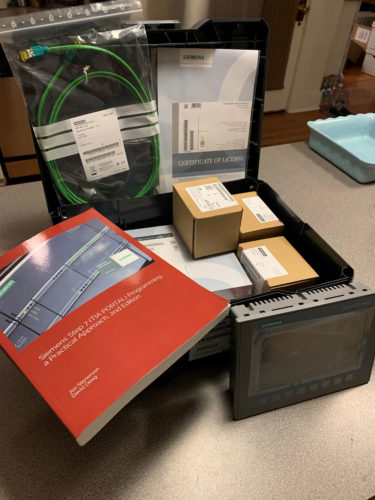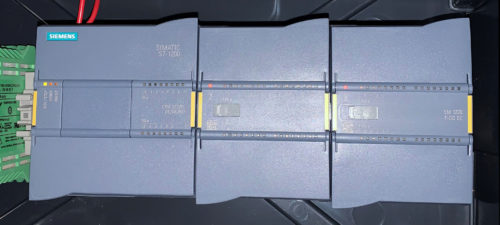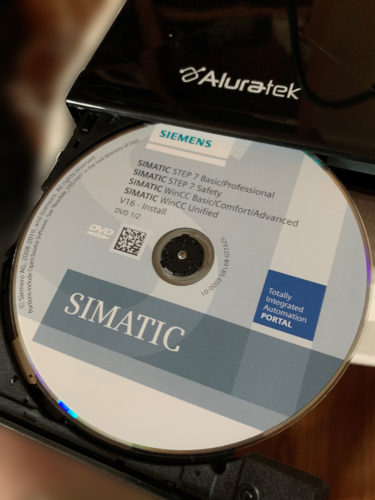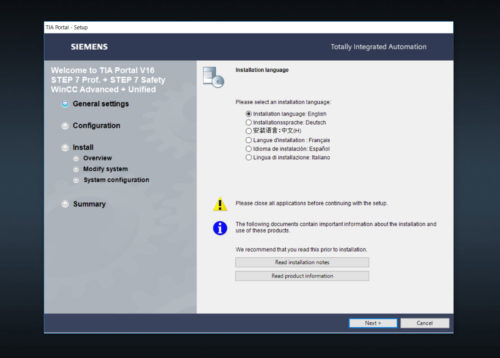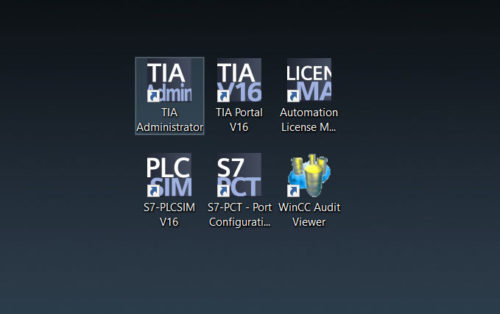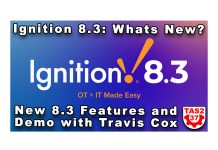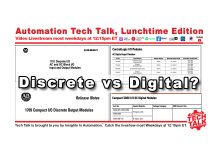
Since the beginning of my career back in 2000, I have worked with quite a few different automation vendors and products.
The first PLC I ever touched was an old Allen Bradley SLC 100, and the next was a SLC 500. Then I was on the startup team for a facility with ControlLogix in 2002, and I have used a lot of it since.
Along the way I’ve also worked with Honeywell’s TDC 2000, TDC 3000, and Experion, and I even had a chance to work on an ABB Masterpiece DCS at one time.
But in all my years I’ve never had the opportunity to use or program a Siemens PLC.
Then recently, as part of my role as a freelancer writer for The Automation Blog, I was approached to see if I’d be interested in writing about using Siemens PLCs from the perspective of a first time user.
It sounded like a great opportunity to learn something new, so I agreed to document my journey trying to use and program Siemens PLCs from scratch, with no previous experience or exposure to their product line.
Now I should note that while I’m new to Siemens, The Automation Blog has covered Siemens quite a bit over the last couple of years, and you’ll find all of that previous coverage right here.
That said, I’m excited about starting my own journey and learning something new, and I’ll do my best to document everything I learn along the way, starting with the brand new S7-1200 Failsafe Starter Kit which just arrived:
To get started, below I’ll breakdown what’s included in the above S7-1200 Failsafe Starter Kit:
S7-1200 Failsafe Starter Kit:
- A CPU 1212FC Firmware: V04.01.01
- A Digital Input Module, 24 VDC
- A Digital Output Module, RLY
- Simulator Module
- Simatic Step 7 Basic V16 License
- Simatic Step 7 Safety Basic V16 License
- Accessory Cabling Kit – Industrial EtherNet
Siemens also included two additional items with the kit:
- Simatic Basic HMI
- Book: Step 7 Programming by Stenerson\Deeg (highly recommend – ed.)
Some Assembly Required
The first step was to get the system components opened and assembled, so I unboxed everything, snapped the modules together, and mounted them on a piece of din rail.
Then I connected a 24vdc power supply to the controller and powered up the chassis:
Edit: I later learned that I also needed to power both Failsafe I/O modules with 24vdc as well – more about that in a future article!

Software Load
There is always a nervousness about loading software that you haven’t used before. You think to yourself, things like “What important step or option will I miss that I don’t know about?”
I will have to say, the software loads were very easy and went well. It was standard, click next, and move on.
With the S7-1200 unboxed and powered up and software installation completed, it’s time to get into the software and see what I can learn and put into place.
I will be reading the book that was sent to me “Siemens Step 7 (TIA PORTAL) Programming, a Practical Approach, 2nd Edition” along the way as well as the user manuals to guide me through the process.
As a final note I want to send out a big “Thank You” to Siemens and The Automation Blog for the opportunity to try out and share my journey using Siemens PLCs for the first time, and I can definitely say I’m looking forward to the journey ahead.
Written by Brandon Cooper
Senior Controls Engineer and Freelance Writer
Have a question? Join our community of pros to take part in the discussion! You'll also find all of our automation courses at TheAutomationSchool.com.
Sponsor and Advertise: Get your product or service in front of our 75K followers while also supporting independent automation journalism by sponsoring or advertising with us! Learn more in our Media Guide here, or contact us using this form.
- Things I’ve Learned Travelling for Work (2) - July 17, 2025
- Things I’ve Learned Travelling for Work (1) - July 10, 2025
- Emulating an Allen-Bradley E3 or E3 Plus - June 30, 2025

Discover more from The Automation Blog
Subscribe to get the latest posts sent to your email.


